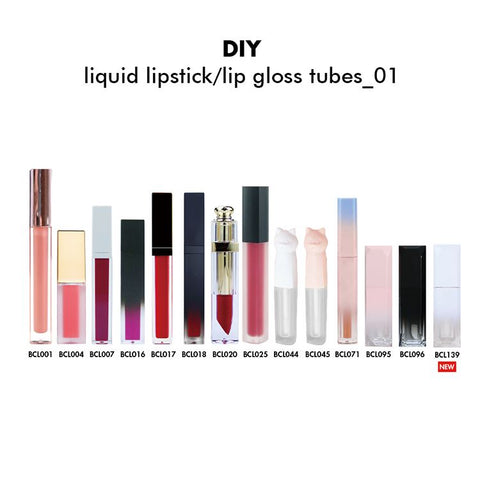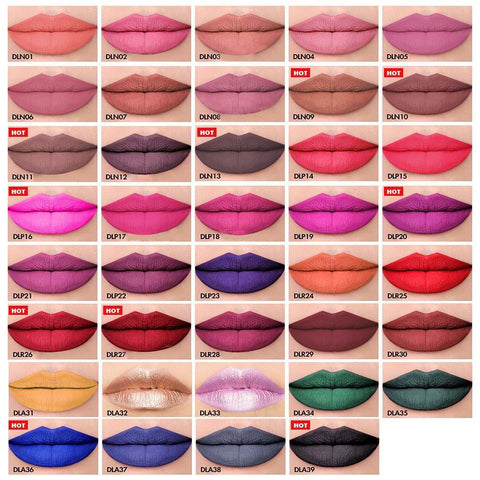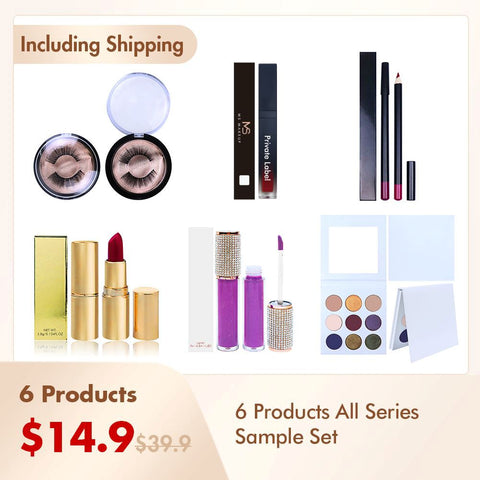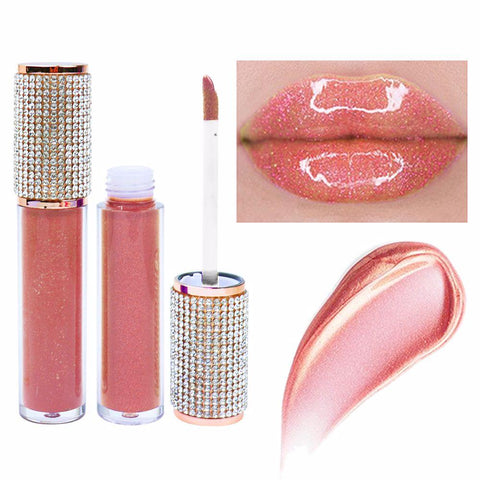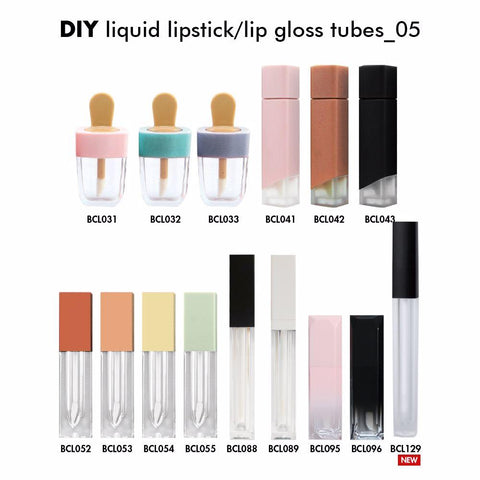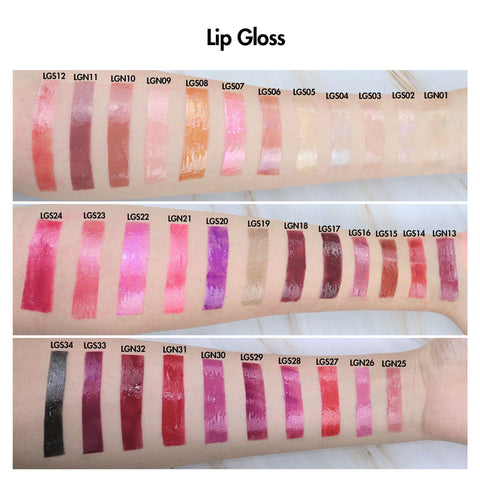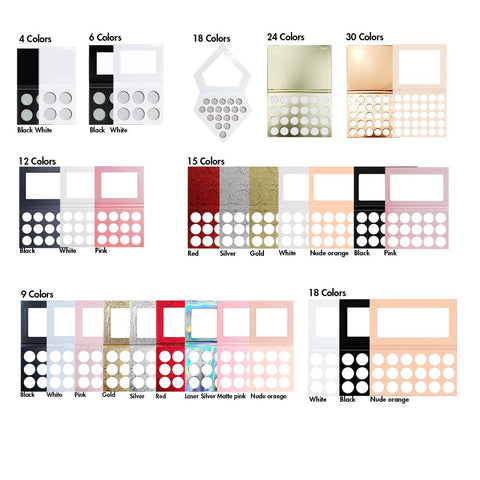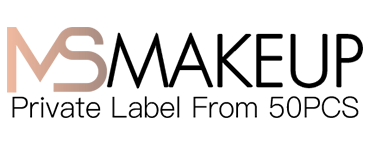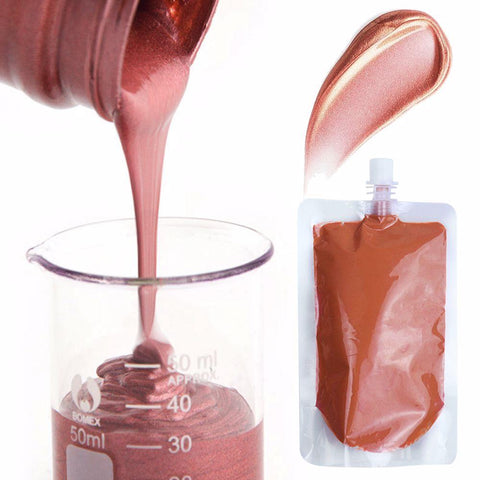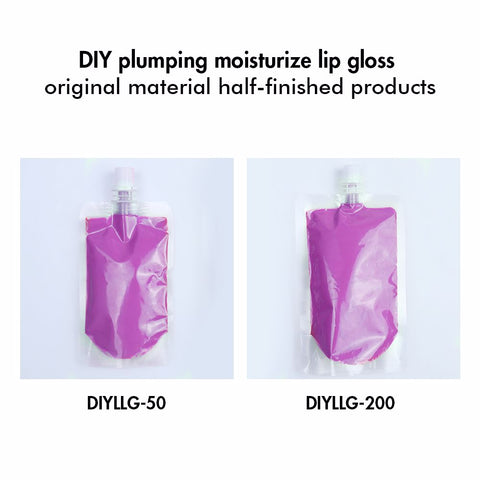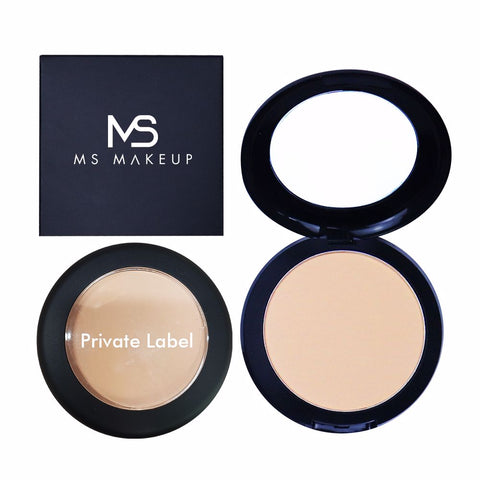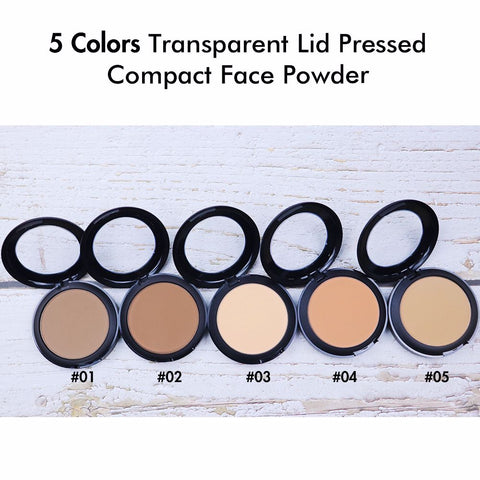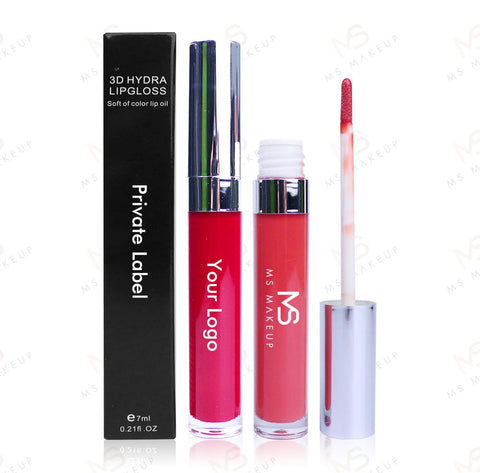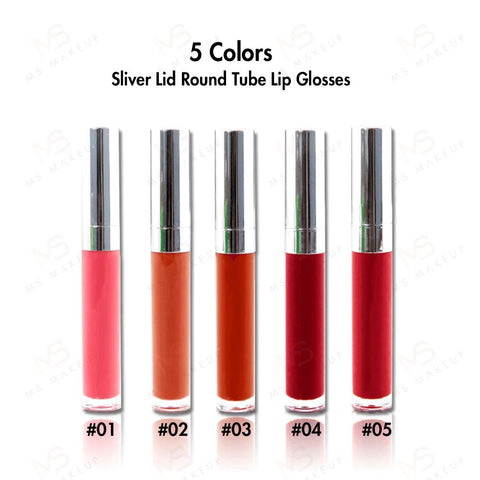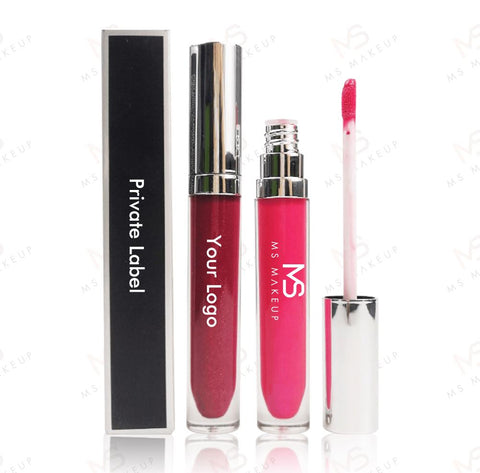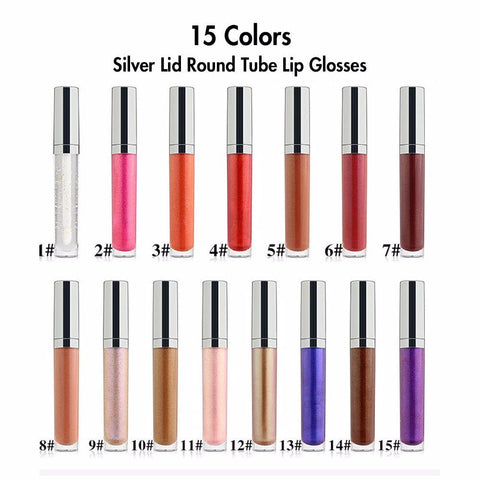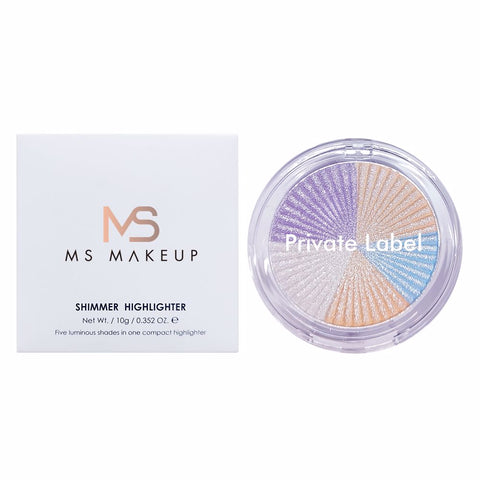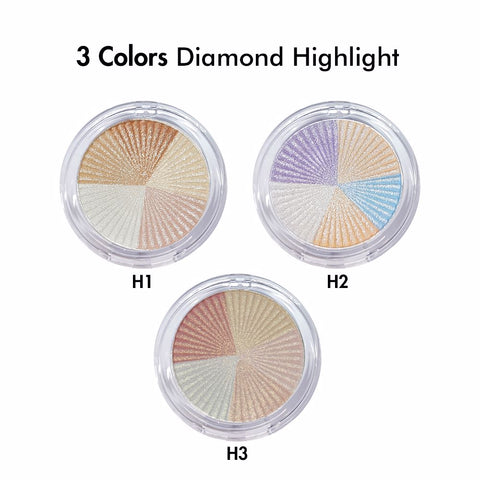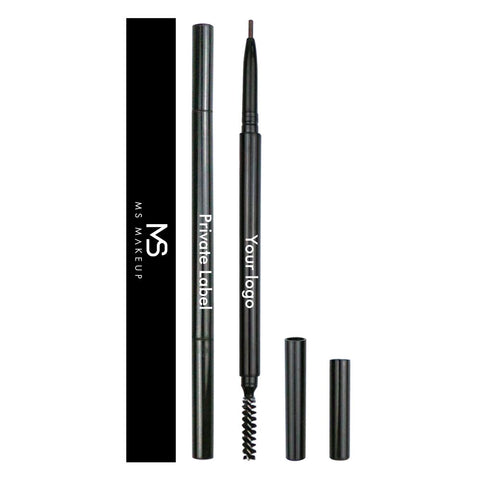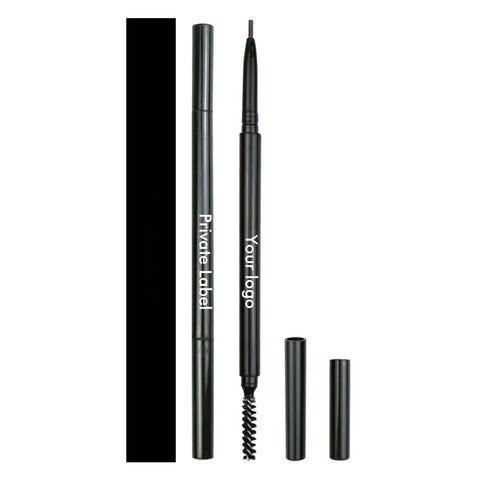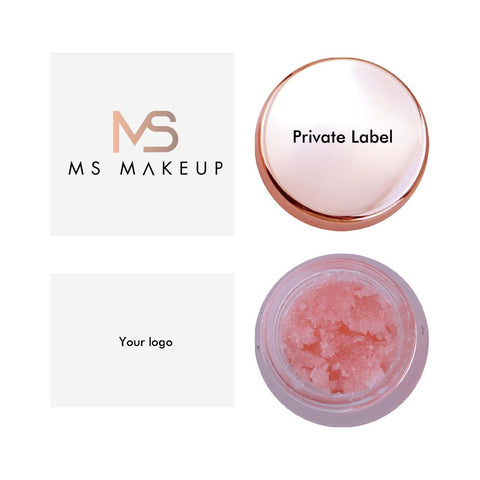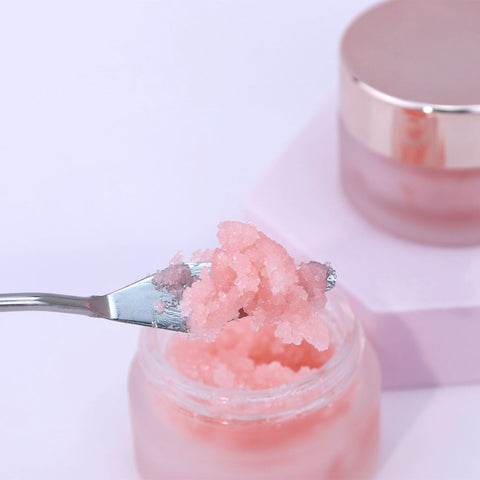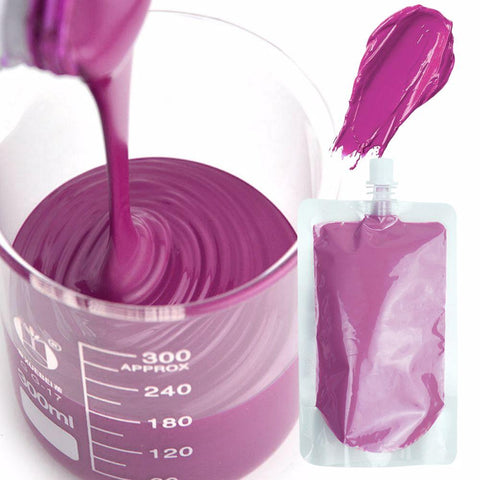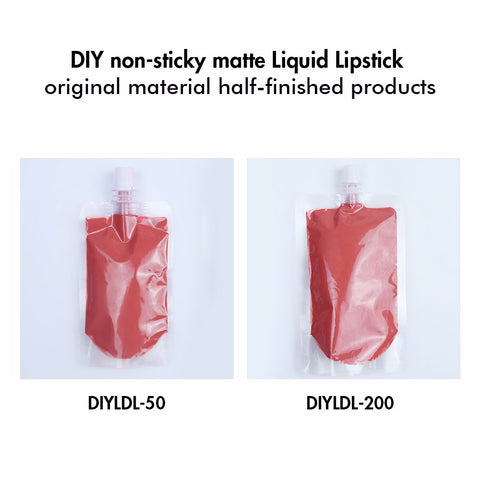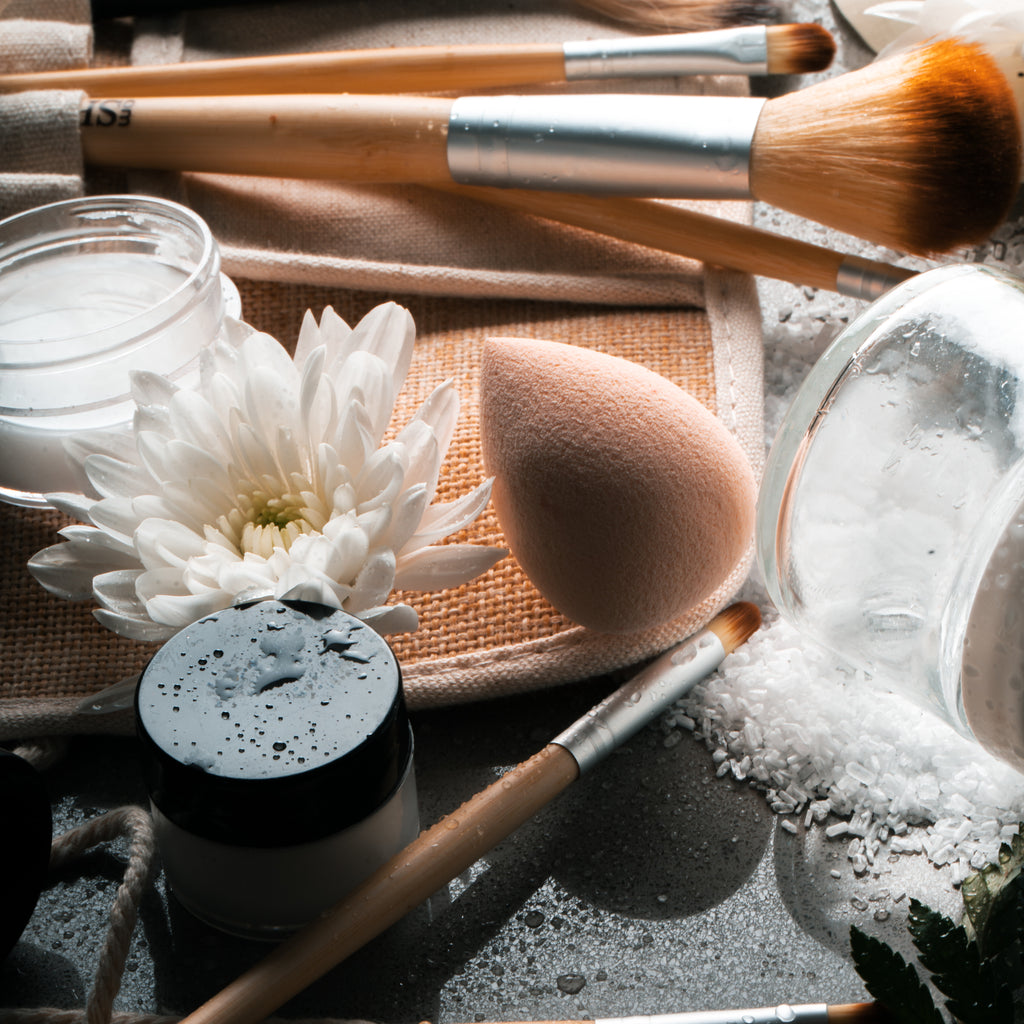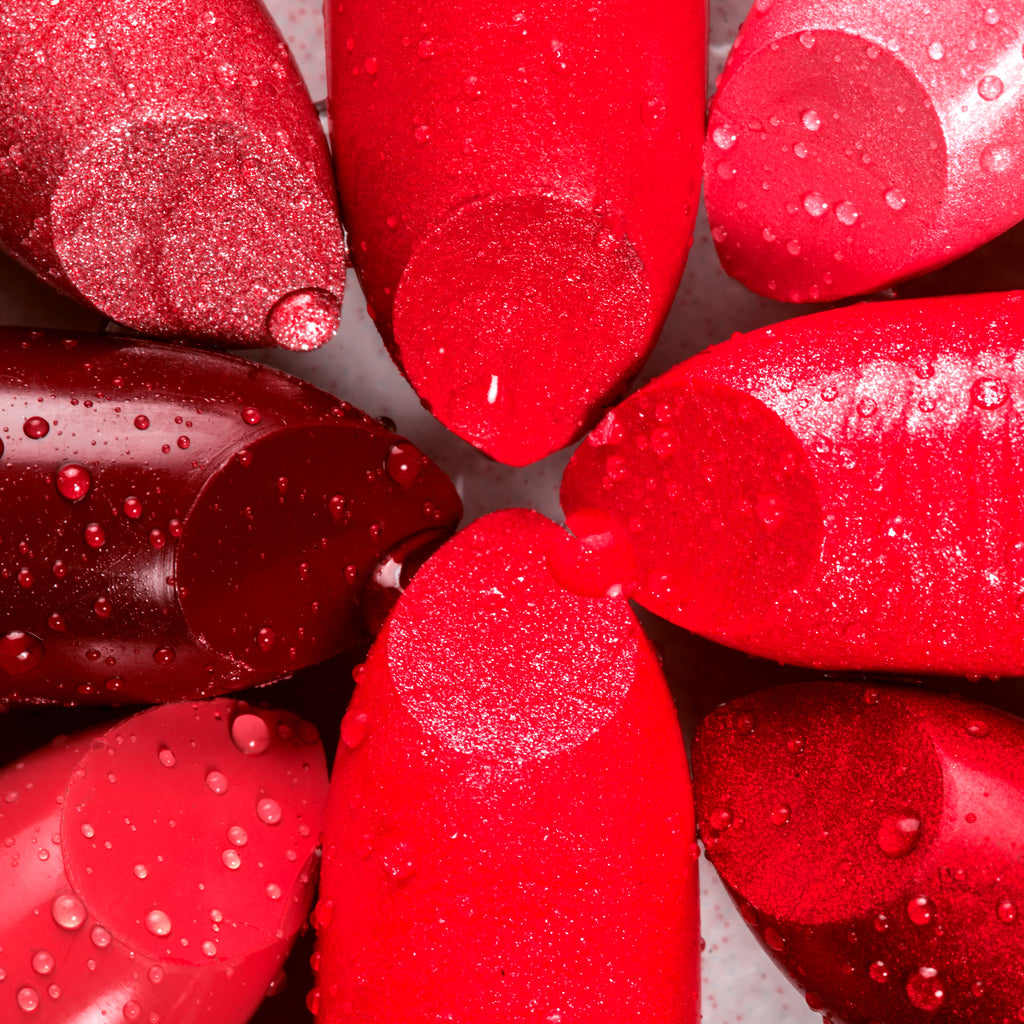Neueste Artikel
-
The Things You Need To Know To Succeed In Makeup Industry February 22, 2021
-
The Business of DIY February 19, 2021
-
Popular Science About The Texture Of Lipstick February 06, 2021
Meistverkauft
-
LGN01
-
LGS02
-
LGS03
-
LGS04
- + 30
-
MSF05029Z_01
-
MSF05029Z_02
-
MSF05029Z_03
-
MSF05029Z_04
- + 1
-
MSL05019 01
-
MSL05019 02
-
MSL05019 03
-
MSL05019 04
- + 1
-
MSL15030 01
-
MSL15030 02
-
MSL15030 03
-
MSL15030 04
- + 11
-
MSF03036_H1
-
MSF03036_H2
-
MSF03036_H3
-
DLN01
-
DLN02
-
DLN03
-
DLN04
- + 35
Colour Theory for Makeup Artists
Colour Theory Models
There are various colour theory models, but here are the three we come across every day:
- Red Green Blue (RGB) model – used in electronic systems that transmit light such as computers and televisions.
- Red Yellow Blue (RYB) model – the colour system traditionally used in art. It has been around for centuries and is the model often taught in school. (However, more recent experimentation has shown that the true primary colours are magenta, yellow and cyan.)
- Magenta Cyan Yellow model – a more modern approach to painting and is the model used by printers. These colours mix a bright and clean spectrum.
We are using the RYB model, simply as it’s the one most people are familiar with, and it is easy to use for makeup and hair purposes.
The Colour Wheel
Knowing how to achieve a particular colour and understanding what colours cancel each other out are essential in makeup and hairdressing.
The colour wheel is a simple way to look at the basic relationship between the twelve colours shown on the wheel. It also explains, in simple terms, how to mix colours to create new ones.
Below is the “Red Yellow Blue” colour wheel showing the twelve colours that are divided into the PRIMARY, Secondary and Tertiary (the smallest font) groups.

Primary Colours
- Red, yellow and blue are the primary colours.
- When two primary colours are mixed, it creates a secondary colour. So, red and yellow make orange. Yellow and blue make green. Blue and red make purple.
- Using the primary colours, you can mix pretty much any other colour in the spectrum. Hence why knowing your colour theory important.
- When all three primary colours are mixed together, they make a brown. Different brown colours are made by mixing the primary colours in different proportions.
Secondary Colours
- Orange, green and violet are the secondary colours on the colour wheel. They are made by mixing equal amounts of two primary colours.
- By mixing different proportions of two primary colours, you will create variations of a secondary colour. For example, if you mix equal amounts of red and yellow, you will create a “classic orange” colour, as seen on the colour wheel. However, if you mix a little more red colour into a yellow, you will create a darker orange colour.
Tertiary Colours
- Vermilion, amber, chartreuse, aquamarine, indigo, and violet-red are tertiary colours.
- They are made by mixing one primary colour equally with one of its adjacent secondary colours. For example, a 50:50 mix of red (primary colour) + orange (secondary colour and next to red) = vermilion.
- The description for tertiary colours can vary. However, we’ve used familiar names in our colour wheel diagram.
Creating Other Colours

Harmonising Colours
- Colours that share one primary colour are called harmonising colours. For example, blue, indigo and violet are harmonised, as they all share blue as part of their colour. Likewise, green, chartreuse and yellow are harmonised, as they all share yellow.
- As they share a primary colour, they blend easily into each other.

How to Describe Colour
There is more to colour than simply getting the mix right and getting the desired shade. How a makeup ends up looking on camera is affected by many other factors. To further understand, we will look at some of the properties that every colour has and, a bit further on, how we perceive colour.
Colour can be described using various properties, including hue, brightness and saturation. We also look at tints, shades and tones.
Hue
In simple terms, hue is another word for the term colour. It generally refers to the dominant wavelength of the colour, as seen on the colour wheel. For example, the hue of of royal blue or navy is blue. The hue of emerald or sap green is green. The hue of burgundy is red.
Saturation
Saturation tells us how “colourful” a colour looks under certain lighting conditions. It is how intense the colour is perceived.
For example, take any makeup look. When viewed in daylight, it will look different from when it is viewed at night. During the day, the colours will be brighter, yet at night the colours will look greyed out or faded. The makeup is exactly the same, the colours haven’t actually changed. However, the saturation has changed, giving us a different perception of the colours.
The more a colour is saturated, the more vivid the hue. To reduce the saturation of a colour, you either add grey, or the colour on the opposite side of the colour wheel. This will “grey out” or “wash out” the colour. A greyed out colour could be said to be desaturated.
Brightness or Value
Brightness or value basically refers to the amount of light that is reflected off the colour. In a word, it describes how light or dark the colour is.
For example, banana yellow is brighter than a mustard yellow, and pink is brighter than dark red. Therefore, the yellow and pink can be said to be higher in value (brighter) than the other colours, which are lower in value (darker).
Colours that are high in value are seen by us before a colour that is lower in value. Our eye is drawn more to brighter colours, which is why we use them to highlight a makeup. Likewise, a colour that is lower in value is said to recede, and we use these to create depth and shadow.
Tint
A tint is simply a colour plus white. Therefore, it makes the colour lighter.
For example, mixing white into a violet colour makes lilac. Likewise, adding white to blue creates a light blue. Pastel colours like peach, apricot and cream are tints.
Shade
A shade is simply a colour plus black. Therefore, it makes the colour darker.
For example, adding black to violet makes a dark purple. Likewise, adding black to blue creates a more navy blue colour.
Tone
A tone is simply a colour plus grey. Therefore, it greys out the colour and makes it darker.
Tonality refers to how light or dark a colour is. If you continually added a little grey to a colour, it would create a graduation in tone.
Tone is particularly important in black and white photography, as you see tones rather than colour. For example, a light orange and a light blue could have the same tonality and, therefore, would look the same on black and white film.
LookBook Gallery
Beispiel-Block-Zitat
Praesent vestibulum congue tellus bei fringilla. Curabitur vitae semper sem, eu convallis est. Cras felis nunc commodo loremous convallis vitae interdum non nisl. Maecenas ac est sit amet augue pharetra convallis nec danos.
Beispiel Absatztext
Praesent vestibulum congue tellus at fringilla. Curabitur vitae semper sem, eu convallis est. Cras felis nunc commodo eu convallis vitae interdum non nisl. Maecenas ac est sit amet augue pharetra convallis nec danos dui.
Cras suscipit quam et turpis eleifend vitae malesuada magna congue. Damus id ullamcorper neque. Sed vitae mi a mi pretium aliquet ac sed elitos. Pellentesque nulla eros accumsan quis justo at tincidunt lobortis denimes loremous. Suspendisse vestibulum lectus in lectus volutpat, ut dapibus purus pulvinar. Vestibulum sit amet auctor ipsum.
Send us message now!
